Gardens can be divided into two types: Those that are meant to be viewed from a distance and those that are meant to be seen up close.
This conclusion was reached recently after 10 days touring gardens in Europe, including Powerscourt outside of Dublin, Versailles and Monet’s Garden outside of Paris, and a variety of other gardens in Paris.
Powerscourt in Wicklow County, Ireland, was begun in 1731 and includes several gardens outside a stately manor house. We walked through the walled gardens first, and this is a garden that can be enjoyed up close and personal. The blooms are lush, a result of the temperate Irish climate. While it never gets really hot in Ireland, it almost never gets very cold, either. Palm trees will grow next to apple trees, for example.
The roses were blooming in profusion, and that was to be expected. But Nancy and I were surprised to see Rodgersia — a striking spring-blooming shade-tolerant perennial — and Oriental poppies blooming right next to Autumn Joy sedum, also in full bloom. Artichokes and monkshood were in bloom next to some asters.
Just walking through, I could not tell if the season was so long that the spring bloomers were coming into a second bloom or if they just kept blooming from spring to fall.
The walled garden is just a small part of Powerscourt. The view from the patio is an expanse of lawn dotted with garden beds jammed full of annuals and a pond bit farther along, and while you can enjoy these plants up close, the best effect is by viewing them from a distance — both from the patio and from the bottom of the pond looking up toward the house.
Another major attraction of Powerscourt is its Japanese garden — but this is a Japanese garden that you would never see in Japan. It was just too large, even though it has an Oriental feel to it. Maybe I am spoiled, because the first Japanese garden I ever toured was the Japanese Tea Garden in San Francisco’s Golden Gate Park. The Tea Garden had dwarf plants representing larger landscapes, and was pristinely neat.
The Japanese garden at Powerscourt is wild, with big plants shading huge rocks and steps covered with moss. It was beautiful and a pleasure to walk through, but it didn’t meet my definition of traditional Japanese gardens.
MONET’S WATER LILIES
The same could be said of Monet’s garden in Giverny, outside of Paris. Monet also had a Japanese garden, which included water lilies, the subject of many of his Impressionist paintings. For this garden, he created a pond by diverting water from a tributary of the Seine — a practice that would no longer be allowed, our tour guide was quick to inform us.
Even in the last half of October, a few water lily blooms were hanging on grimly, but it would be a beautiful spot in the height of summer with the pond packed with blossoms. I can understand why Monet painted it so often.
This garden too was wild, with a path going all around the pond, and trees and shrubs providing shade for the rustic-looking boats that also appear often in his art.
But Nancy and I spent much more time in the cottage garden, also called Monet’s Normandy garden. It had a lot of apple trees and a profusion of perennials, annuals and a few shrubs. The garden closes at the end of October, but dahlias, cosmos, phlox, sunflowers and more were blooming throughout the area.
This is a garden we enjoyed looking at closely, trying to figure out what variety each of the plants were.
Which brings me to a minor complaint: Labeling at all of these gardens is skimpy at best. In the walled garden at Powerscourt there were some labels, and the trees in the area around the Dolphin Pond — including some Sequoias — were well labeled. But the rest of the garden had no labels, and there were none at Monet’s garden.
Maybe we are spoiled by what we see at Coastal Maine Botanical Gardens, but we like having each variety labeled. It not only is educational, but it helps you when you want to go to a nursery locally or online and buy that plant.
PRECISION AT VERSAILLES
I had heard for years about the gardens at Versailles, but that was a place where the palace was a lot more impressive than the gardens. With the formal Italianate layout of trees and water features, the main point of the garden was that on Sept. 6, the birthday of King Louis XIV, the king could view the gardens from his personal balcony and watch the sun set at the exact center of the garden. Not only does it have to be viewed from a distance, but it is perfect only once a year.
S’IL VOUS PLAIT
Nancy and I also enjoyed strolling the Luxembourg and Tuileres gardens in Paris. These historic gardens — mentioned often in “The Greater Journey” by David McCullough, which served as our mental guide while in Paris — are used as public parks where people come to relax and play. They are beautiful, but the beauty is designed to add to the pleasures of the people using them.
Tom Atwell is a freelance writer. He can be contacted at 767-2297 or at: tomatwell@me.com
Copy the Story Link
Send questions/comments to the editors.

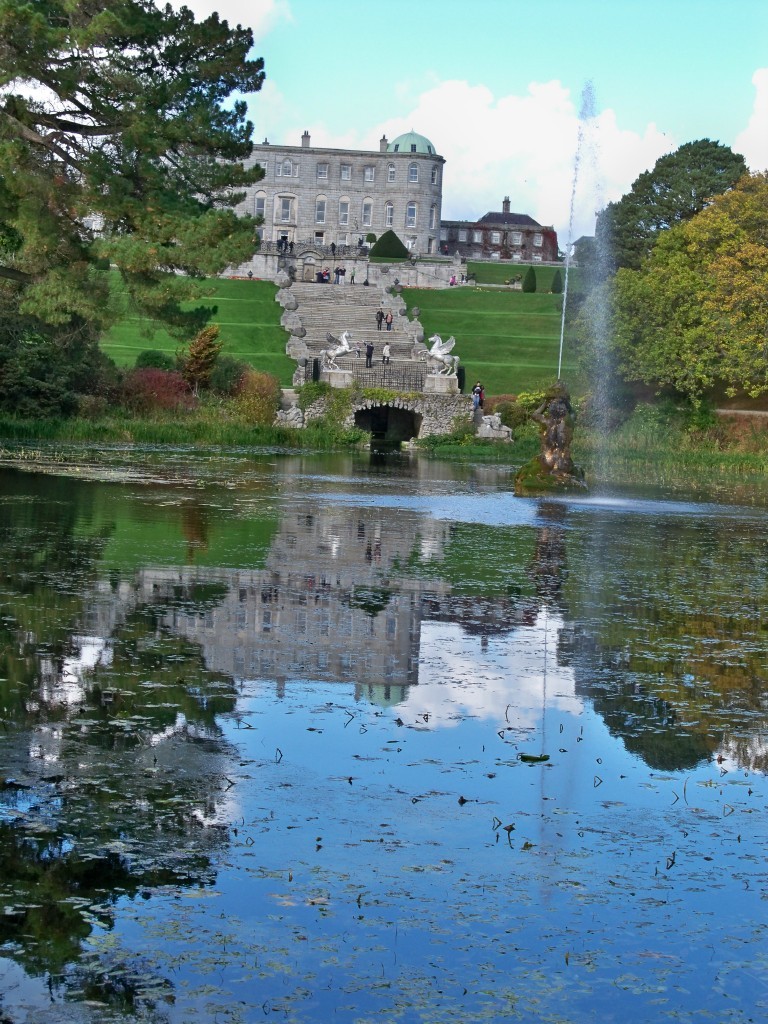
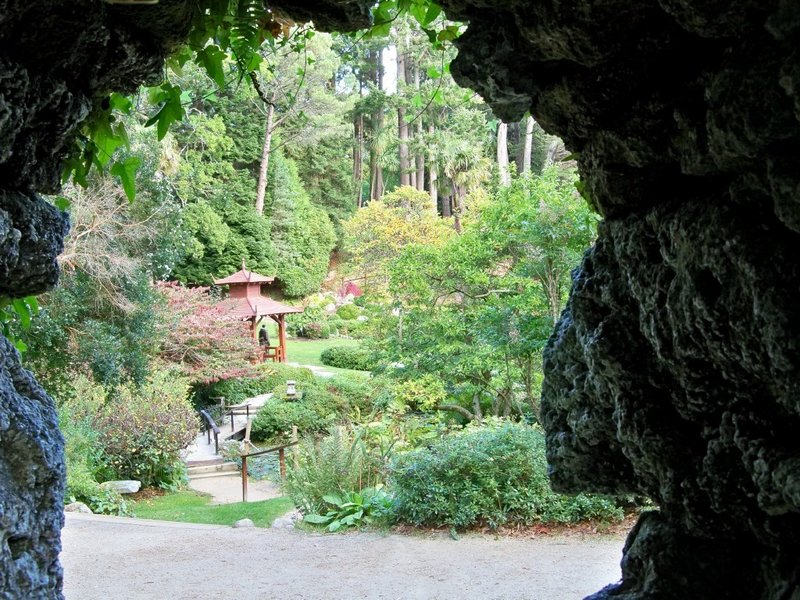
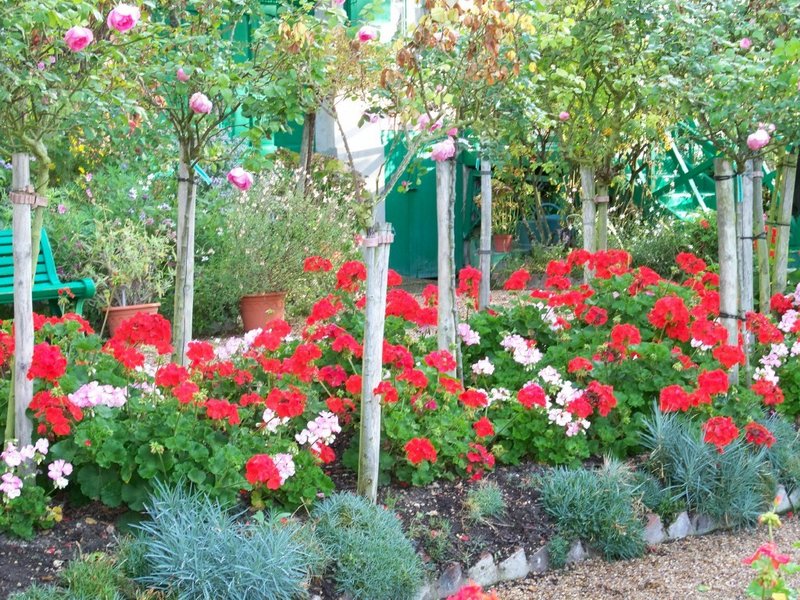
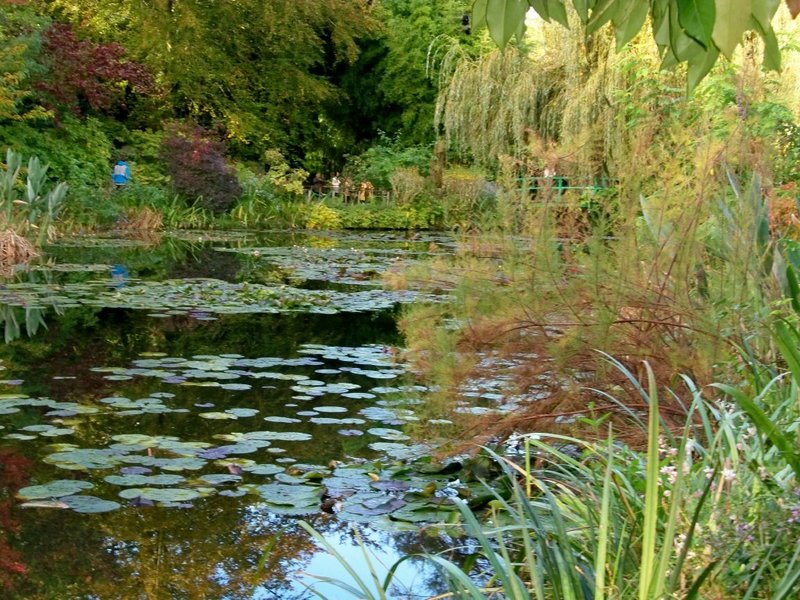
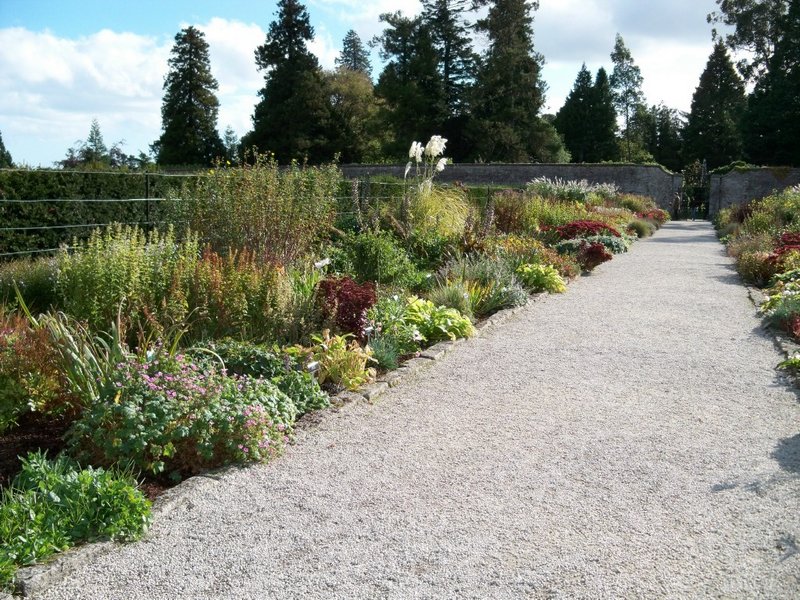

Success. Please wait for the page to reload. If the page does not reload within 5 seconds, please refresh the page.
Enter your email and password to access comments.
Hi, to comment on stories you must . This profile is in addition to your subscription and website login.
Already have a commenting profile? .
Invalid username/password.
Please check your email to confirm and complete your registration.
Only subscribers are eligible to post comments. Please subscribe or login first for digital access. Here’s why.
Use the form below to reset your password. When you've submitted your account email, we will send an email with a reset code.